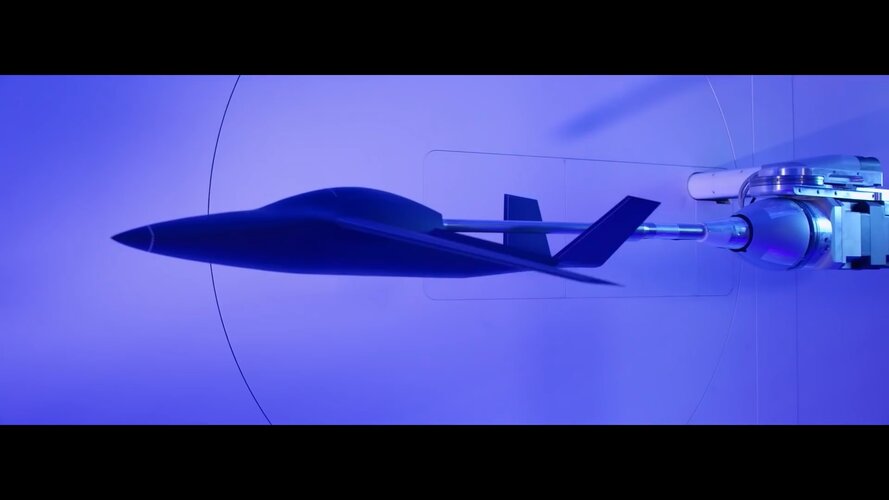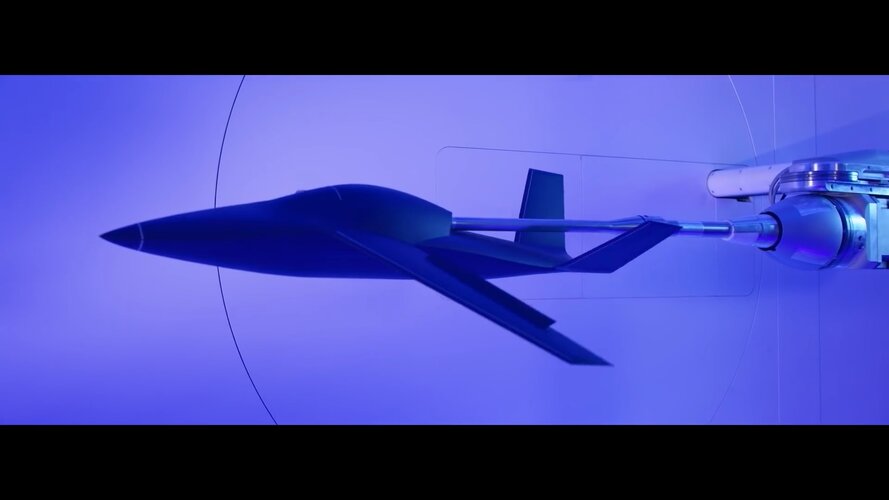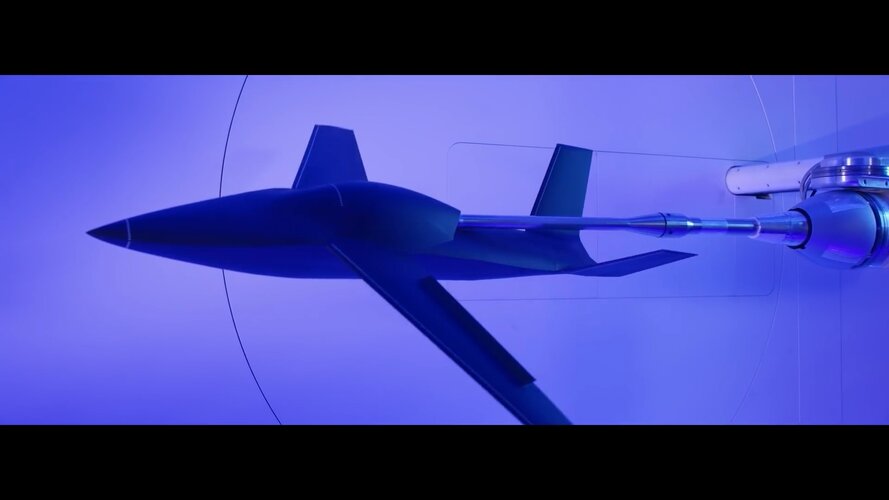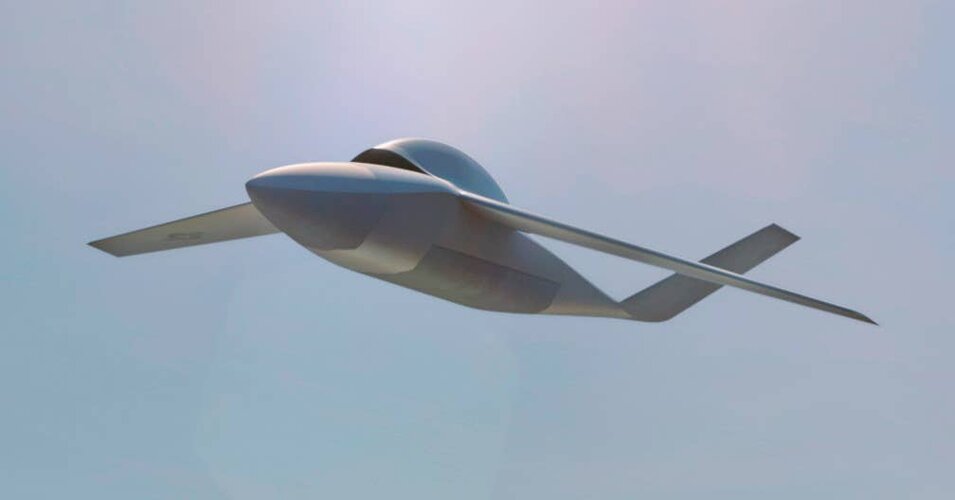The ongoing conflict between Ukraine and Russia has seen significant drone use on both sides. Ukraine has made extensive use of drones, from the Turkish-made Bayraktar TB-2 to hobbyist drones […]

mwi.usma.edu
A good initial assessment.
1. Drone warfare is relevant to conflict with a peer or near-peer adversary , , ,
2. . . . but how relevant—and in what ways—is unclear.
3. Technology and concepts alone aren’t enough.
4. Targets especially vulnerable to drones must be identified.
5. Drones are expanding the information environment.
6. Drone warfare isn’t just for the big dogs.
7. Air superiority concepts may need to be adjusted.
Those items are hardly not forseen by visionaries.. Ask the minds behind assault breaker, recon strike complex, 20xx wargames and all would be self evident after some thought.
In fact, any mechanistic "weapon platform on weapon platform" contest can be analyzed by simulation and traditional means of analysis, and it is the human and sociological factor that ought to be the real lessons learned in wars, barring rapid technological change due to war for example development of nuclear weapons during ww2.
Some lessons relevant to drone warfare that I've learned in this war:
1. 3rd party ELINT can not be denied in regional conflict without military escalation or non-military leverage. There is no political norms that enables a combatant to deny third party aerial and space intelligence assets from operating near the conflict area.
It also make position of jamming equipment and non-LPI radar easily identifiable to externally supported powers. This actually makes drones more powerful in less constrained regional wars than proxy wars where sanctuary/standoff defense against drones are available. Aerial jamming may be necessary against opponents with long range precision strike complexes.
2. Civilian grade communication technology is superior due to scale and rapid iteration. There is no secret sause despite all the classification, especially for forces without support of organic electronics industry or particular large budget. Bandwidth congestion forcing civilian deployment of beam forming and frequency agility automatically translate to jamming resistance.
3. The quality of public "military analysis" is poor (which extends to analysis of drones). Some are proclaiming quick Russian victory a month or more into the campaign. There is no quality control and narrative manipulation is rife. Military narratives can translate directly political results, as the "ukraine can not be defended" can have decisive results and thus ought to be a factor in information warfare. As such expect "military analysts" to be agents in "war by other means" as shit-talk and midwit half-analysis can have real results.
I have lamented that why only develop 5th gen when you can buy a newspaper for cheap and run hit pieces on F-35 for a tiny fraction of the R&D cost. For this war, I see that this is not lost to state actors and the situation is not more muddled only due to the low competence and poor preparation of the Russians.
4. External supply of high performance precision strike and drone technology can be ramped up fast and there this conflict also somewhat set a precedent. With such a precedent, I suspect future political-physical reactions can be faster. One can imagine planeloads of (not) slaughterbots landing to support a side within hours of escalation of hostilities for the next war. The reduction in human training requirements for military effectiveness (how many articles denouncing armor tactics and training over the past month?) translates to real change in geopolitical calculus in proxy war and escalations.
5. Current balance of technology and tactics greatly favor drones, which have not saturated functional roles to the point of diminishing returns. This can be seen in that very poorly optimized airframes with off the shelf parts is combined with reuse and significant battlefield results. This means that survivability optimization is not essential for the role and there is huge potential for increased battlefield role with optimization, scale and deployment of relevant technology.
6. Armies have not adapted to the warfare environment despite a number items that could be known from simulation and exercises. The ineffectiveness of a number of battlefield concealment and defense methods is the most obvious one. It is clear that tactical integration and strategic level organization and doctrine adaption is also not pushed anywhere near the end point for technological environment.
Now, this is not very surprising if one views the peacetime military as another government function that have very poor oversight outside of some special cases. With priors, one expect things is unlikely to change for noncombatants until social norms involving warfare changes to make old ways seem ridiculous as other forces don't seems to work.
7. Battlefield management software is a thing for even weak powers like Ukraine, and it is basically doctrine for machine warfare. The design of such software should be analyzed like doctrine documents and it should be interesting to do so even today.
Things like workflows, permissions, roles, simplifying abstractions, and such is relevant beyond hardware factors as it can determine the character of how a force fights. This may be where the next military genius have the most leverage for the next conflict.


































